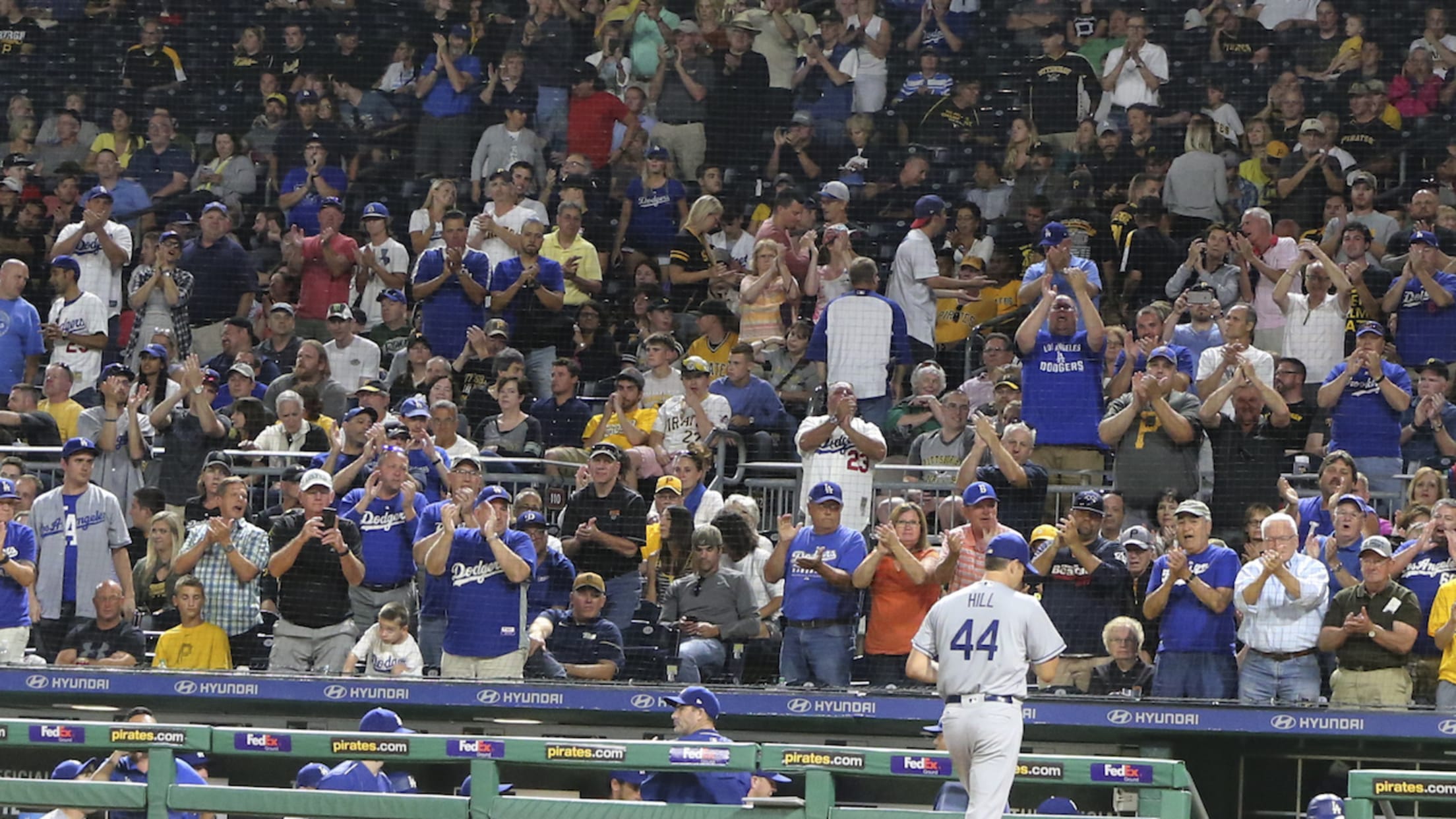Was this the most painful way to lose a no-hitter?
Corbin threw a great slider, fooling Belt and resulting in a weak check-swing ... which just so happened to make contact and send a ground ball to the soft spot in Arizona's defensive shift. Just like that, a dribbler that almost always results in an out … didn't. His bid for immortality was over.
But, while the play above was brutal, was it the absolute worst possible way for a pitcher to lose a no-hitter? Baseball can confound in a zillion different ways, after all, and that's especially true when the margin for error is as small as a single hit.
With two outs in the ninth
While Corbin's fate was rough, at least it came in the eighth inning -- even if Belt had been retired, the Giants still would have had three more opportunities to spoil the party. Mike Mussina, on the other hand, got right up to the finish line:
You played yourself
I.e.: a play that the pitcher himself could have made. It's one thing to lose a no-hitter on weak contact, it's another for that weak contact to bounce right off your glove -- just ask
That guy?!
For 7 2/3 innings on Sept. 9, 1993, the Braves pitching staff carved up the Padres' lineup, navigating solid pros like Derek Bell and Phil Clark without giving up so much as a hit. Surely they'd be able to handle Luis Lopez, right? Not only was the infielder making just his third career Major League start, but he'd go on to hit just .116/.114/.140 that season (OPS+: -33). Naturally, he singled up the middle off Mark Wohlers.
And that's far from the only time that the weakest hitter in a lineup has been the one to end a no-hitter.
A bunt
First, a clarification: Bunting to break up a no-hitter late in a game that has already been decided is and should be frowned upon. But bunting to break up a no-hitter when it's still anyone's game? All's fair in love and baseball, as
Hey, a hit is a hit -- and Seattle eventually rallied to win the game, 7-5.
In extra innings
As a pitcher working on a no-hitter, the end of the ninth inning is the finish line, the shining light at the end of the tunnel. If you can make it there without allowing a hit, you've earned your place in baseball history. But MLB's official ruling on the matter is as follows: "An official no-hit game occurs when a pitcher (or pitchers) allows no hits during the entire course of a game." Put simply, if the game goes longer than nine innings, your no-hitter has to, too.
That was a problem for
But not even that can touch Harvey Haddix, who in 1959 threw 12 perfect innings for the Pirates ... and still lost.
Now it's up to you: What is the very worst way that a pitcher can lose a no-hitter? Vote in the poll below:











